GroundS.KeepeR
Hero Member
Signal tree pics...
These are cell phone pics ..I will get better pics when i get the time...Remember i was told this tree was a signal tree ..Your thoughts are welcome!
These are cell phone pics ..I will get better pics when i get the time...Remember i was told this tree was a signal tree ..Your thoughts are welcome!

Attachments
-
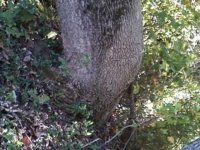 Marker5.jpg72.7 KB · Views: 1,266
Marker5.jpg72.7 KB · Views: 1,266 -
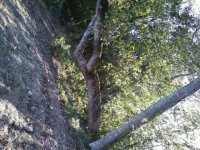 Marker1.jpg80.4 KB · Views: 1,179
Marker1.jpg80.4 KB · Views: 1,179 -
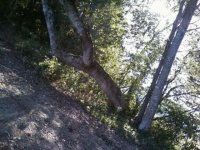 Marker2.jpg73.3 KB · Views: 1,123
Marker2.jpg73.3 KB · Views: 1,123 -
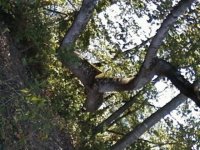 Marker6.jpg76.9 KB · Views: 1,144
Marker6.jpg76.9 KB · Views: 1,144 -
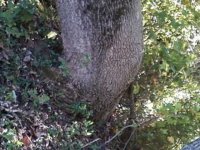 Marker5.jpg72.7 KB · Views: 1,123
Marker5.jpg72.7 KB · Views: 1,123 -
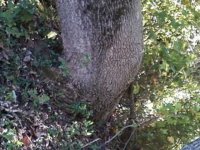 Marker4.jpg72.7 KB · Views: 1,106
Marker4.jpg72.7 KB · Views: 1,106 -
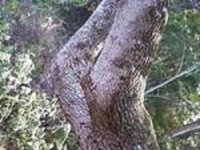 Marker3.jpg16.2 KB · Views: 2,484
Marker3.jpg16.2 KB · Views: 2,484 -
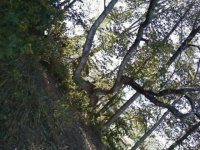 Marker7.jpg80.1 KB · Views: 1,112
Marker7.jpg80.1 KB · Views: 1,112 -
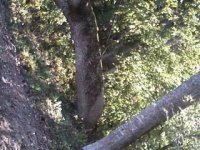 Marker8.jpg39.1 KB · Views: 2,471
Marker8.jpg39.1 KB · Views: 2,471
Upvote
0




 ..Thanks for looking!
..Thanks for looking!
 ... Thanks
... Thanks 
 really
really 










